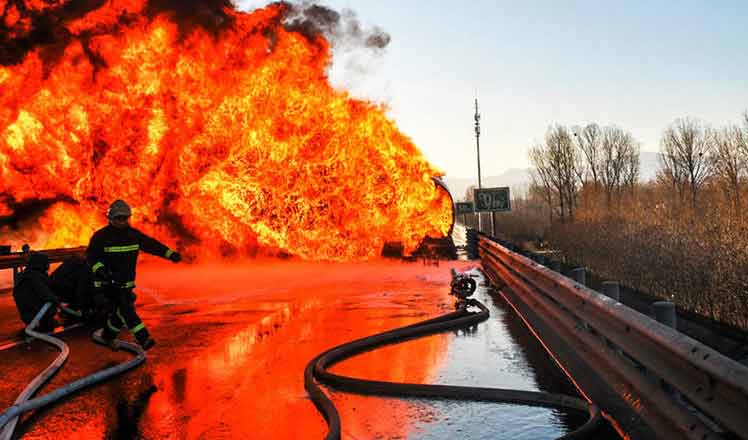11 facts you should know about the vision
 |
|
Chu Yin, an associate professor at the University of International Relations and a research fellow at the Center for China and Globalization / CHINA DAILY |
The past year saw major Belt and Road projects making huge progress and beginning to pay dividends for countries along the two routes. With a capacity of 50 megawatts and an annual average power generation of about 317 gigawatt-hours, the Upper Marsyangdi A Hydropower Station, the first hydroelectric project built in Nepal by a Chinese enterprise-Power Construction Corp of China-has been put into operation.
The Addis Ababa-Djibouti Railway, which connects the capital cities of Ethiopia and Djibouti, and was inaugurated two months ago, is Africa's first cross-border standard gauge rail line as well as the first railway outside of China to be built in line with Chinese standards, using Chinese technology and equipment. Such projects are a boon for countries with underdeveloped infrastructure and have great potential to increase employment and economic growth.
Moreover, an increasing number of Chinese enterprises, including private ones, are willing to explore overseas markets covered by the Belt and Road Initiative. Their increasingly active participation further promotes the initiative. As a result, more countries along the routes are now willing to cooperate with Chinese companies, adding more weight to China's role as a leader in global governance.
The Addis Ababa-Djibouti Railway, for instance, is a game-changer in the eyes of some local officials, because it reinforces the development of industrial parks, special economic zones and other industrial chains along the way. Countries such as Cambodia, Laos and Myanmar have experienced the same changes through similar cooperation in the past three years. The initiative will produce both tangible and intangible benefits to safeguard peaceful development and recalibrate the world order in a fairer, more reasonable direction.




















